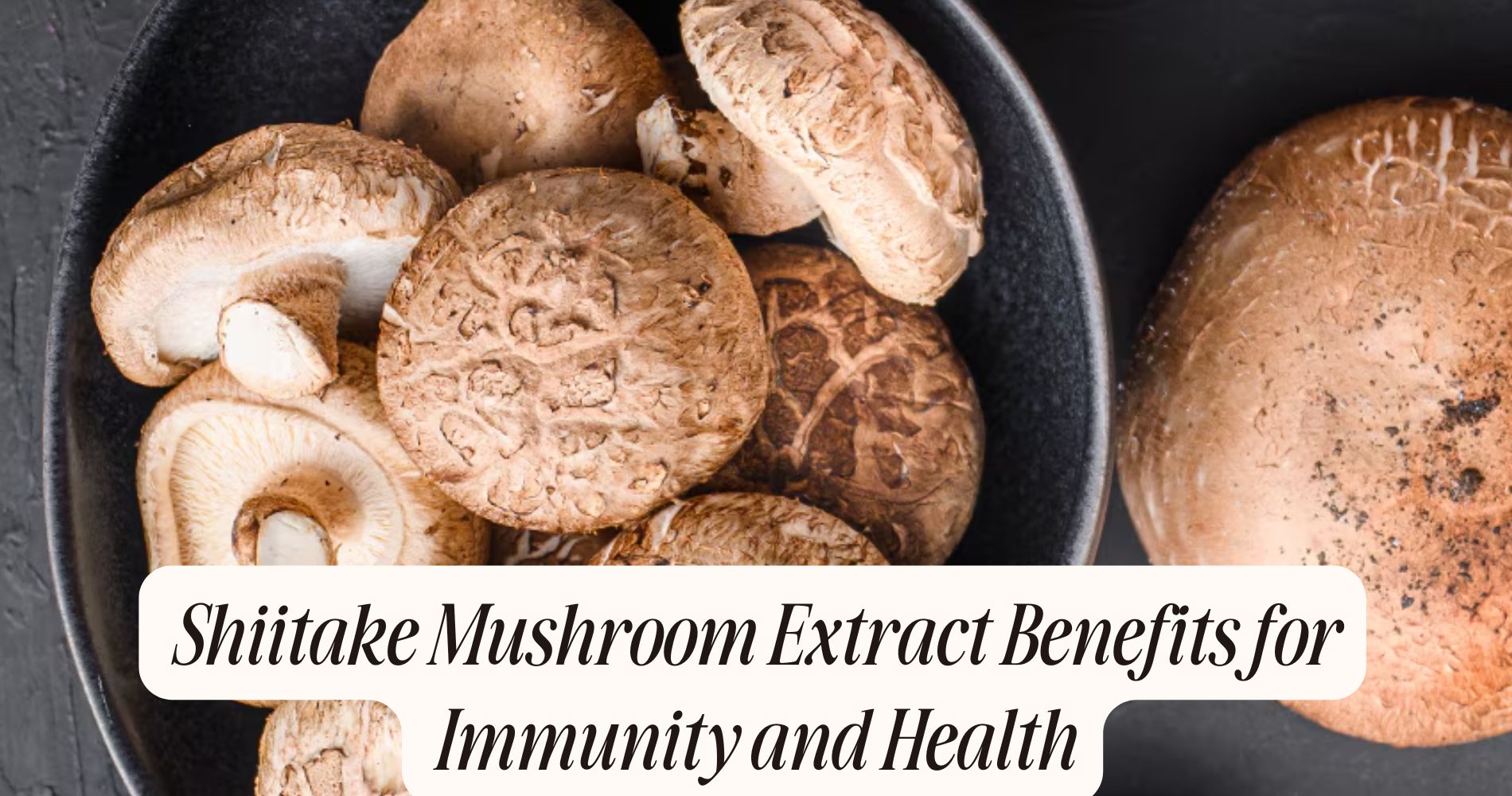
Iron Content in Mushrooms: What You Need to Know
Understanding the iron content in mushrooms is essential for anyone looking to enhance their diet—especially those following a plant-based lifestyle. Varieties like shiitake and portobello offer approximately 0.4 to 0.5 mg of iron per 100 grams, contributing modestly to your daily iron needs. While mushrooms alone won’t fulfill your entire iron intake, they’re a valuable addition to a balanced diet. Cooking techniques, such as steaming or sautéing, help preserve their nutrient value. Plus, combining them with vitamin C-rich foods can boost iron absorption—there’s more to explore when it comes to getting the most from your meals.
Understanding Iron and Its Importance in the Diet
Although iron is often overlooked, it plays an essential role in maintaining your overall health. Iron deficiency can lead to anemia, fatigue, and weakened immune function. To prevent this, you need to guarantee adequate iron intake through dietary sources.
Heme iron, found in animal products like red meat and poultry, is easily absorbed by your body. Non-heme iron, present in plant-based foods such as lentils, beans, and spinach, is less readily absorbed but still critical for your health. Pairing non-heme sources with vitamin C-rich foods can enhance absorption.
Understanding the significance of iron in your diet not only helps you avoid deficiency but also supports overall vitality and well-being, making it essential to include iron-rich foods in your meals regularly.
Types of Mushrooms and Their Nutritional Profiles
Mushrooms are a diverse group of fungi that not only add flavor and texture to dishes but also provide a variety of nutritional benefits, including notable iron content.
Among the many edible varieties, you’ll find white button, shiitake, and portobello mushrooms, each offering unique nutrient profiles. For instance, shiitake mushrooms are rich in B vitamins and possess medicinal properties, such as boosting immunity.

Portobello mushrooms, with their hearty texture, provide fiber and antioxidants. Additionally, reishi and lion's mane mushrooms are renowned for their health benefits, often used in traditional medicine.
Understanding these differences can help you incorporate the right types of mushrooms into your diet, maximizing both flavor and nutritional value while enhancing your overall health.
Iron Content in Common Varieties of Mushrooms
When you consider incorporating mushrooms into your diet, it's essential to recognize their varying iron content, which can greatly impact your overall nutrition.
Shiitake mushrooms are a standout, offering about 0.4 mg of iron per 100 grams. This makes them a decent source, particularly for those seeking plant-based options.

On the other hand, portobello mushrooms provide slightly more iron, with approximately 0.5 mg per 100 grams. Both varieties can contribute to your daily iron intake, especially when combined with other iron-rich foods.
However, keep in mind that while mushrooms offer these benefits, they shouldn't be your sole source of iron. Balancing them with other nutrient-dense foods guarantees you meet your dietary needs effectively.
How Cooking Affects Iron Levels in Mushrooms
How does cooking influence the iron content in mushrooms? The cooking methods you choose can greatly affect nutrient retention, including iron levels.
For instance, steaming mushrooms tends to preserve more of their iron content compared to boiling, which can leach nutrients into the water. Sautéing or roasting can also maintain iron levels, especially when done quickly at high temperatures.
However, prolonged cooking times may lead to nutrient degradation. Curiously, certain cooking methods can enhance the bioavailability of iron, making it easier for your body to absorb.
To maximize the benefits, aim for quick, high-heat cooking techniques while avoiding excessive water. By understanding these dynamics, you can better enjoy the iron-rich benefits of mushrooms in your meals.
Combining Mushrooms With Other Foods for Better Iron Absorption
To enhance iron absorption from mushrooms, pairing them with specific foods can make a considerable difference.
Consuming vitamin C-rich foods, like bell peppers or citrus fruits, alongside mushrooms boosts iron absorption considerably. This is because vitamin C converts non-heme iron, the type found in mushrooms, into a more absorbable form.

Additionally, pairing mushrooms with foods high in protein—such as lean meats or legumes—can also enhance overall iron uptake.
Avoid combining mushrooms with calcium-rich foods or beverages, like dairy or certain green teas, as these can inhibit iron absorption.
Tips for Incorporating Mushrooms Into Your Meals
Incorporating mushrooms into your meals can greatly enhance both flavor and nutritional value, especially when you consider their rich iron content.
Start by exploring various mushroom recipes—think stir-fries, soups, and salads. These versatile fungi can easily be added to your favorite dishes, boosting their iron levels.
For efficient meal prep, slice and sauté mushrooms ahead of time, allowing you to add them to meals throughout the week. Consider mixing them with grains like quinoa or brown rice to create a nutrient-dense base.
Additionally, try blending mushrooms into sauces or spreads for added depth of flavor. By making mushrooms a staple in your diet, you’ll not only enjoy their taste but also reap the benefits of their iron-rich profile.
Other Nutrients in Mushrooms That Support Health
While mushrooms are celebrated for their iron content, they also boast a variety of other nutrients that contribute to overall health.
For instance, mushrooms are rich in mushroom antioxidants, which help combat oxidative stress and reduce inflammation in your body. These antioxidants play a significant role in promoting longevity and preventing chronic diseases.
Additionally, mushrooms are one of the few non-animal sources of vitamin D, especially when exposed to sunlight. The vitamin D benefits include supporting bone health, enhancing immune function, and improving mood.
Including mushrooms in your diet not only boosts your iron intake but also provides essential nutrients that work synergistically to enhance your overall well-being.
Embrace mushrooms for a balanced and health-promoting diet!
Power Up with SUPER MUSHROOM GUMMIES
Looking to harness the benefits of mushrooms without the prep? Meet SUPER MUSHROOM GUMMIES by Well Gummies — your new daily wellness companion in a convenient, chewable form. Each gummy is infused with 10 powerhouse mushrooms, carefully selected to support immune health, enhance focus, and provide clean, sustained energy. With a delicious wild berry flavor that tastes like your favorite candy, these vegan-friendly gummies make boosting your brain and body both enjoyable and easy. No cooking, no jitters, and no crash — just natural balance and clarity, one gummy at a time.
Frequently Asked Questions
Can Mushrooms Be a Primary Source of Iron in a Vegetarian Diet?
Mushrooms can contribute to your iron intake, but they aren't a primary source. When considering nutritional comparison, their iron absorption is lower than animal sources, so pair them with vitamin C-rich foods for better absorption.
How Do Different Cooking Methods Affect Mushroom Iron Content?
Different cooking techniques can markedly impact nutrient retention in mushrooms. Steaming preserves more iron than boiling, while sautéing may enhance absorption. Understanding these methods helps you maximize the nutritional benefits of mushrooms in your meals.
Are There Any Side Effects of Consuming Too Many Mushrooms for Iron?
Consuming too many mushrooms can lead to mushroom toxicity, especially with certain varieties. Excessive intake might hinder iron absorption, potentially causing deficiencies or imbalances. Moderation guarantees you enjoy their benefits without adverse effects on your health.
Do Wild Mushrooms Have Different Iron Levels Compared to Cultivated Ones?
Yes, wild mushroom varieties often have different iron levels compared to cultivated ones. While cultivated mushroom nutrition typically offers consistent iron content, wild mushrooms can vary considerably based on species and environmental factors, influencing their nutritional profile.
Can I Take Iron Supplements With Mushroom-Based Meals?
You can take iron supplements with mushroom-based meals, but be mindful of iron absorption. Dietary sources like mushrooms might enhance absorption, while calcium and certain foods can inhibit it. Monitor your intake for ideal results.
Conclusion
Incorporating mushrooms into your diet can greatly boost your iron intake, especially when you choose varieties like shiitake or portobello. Cooking methods matter, as they can either enhance or diminish iron levels. Pairing mushrooms with vitamin C-rich foods further improves iron absorption, making your meals not only tasty but also nutritionally beneficial. By understanding the iron content and nutritional profile of mushrooms, you can make informed choices that support your overall health and well-being.




